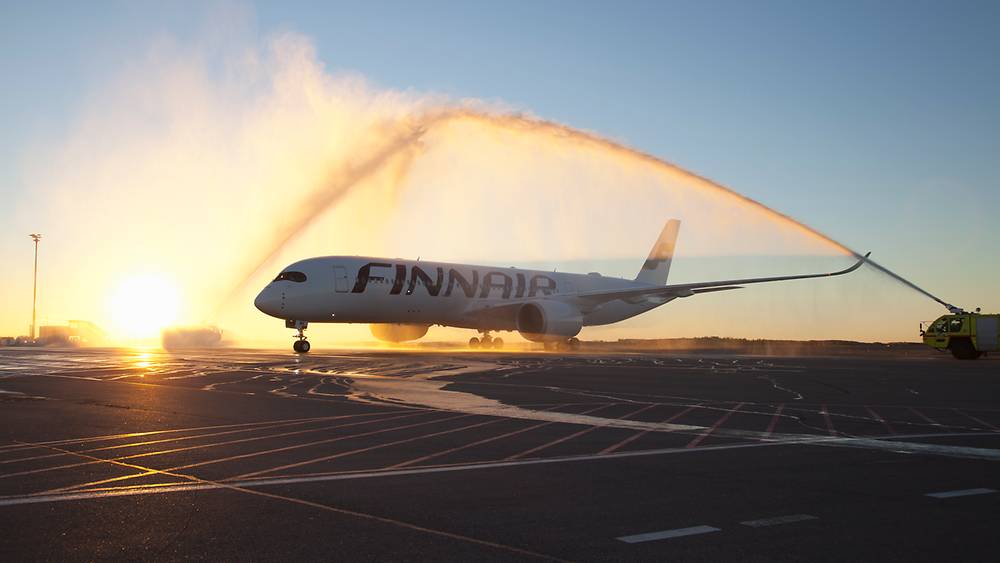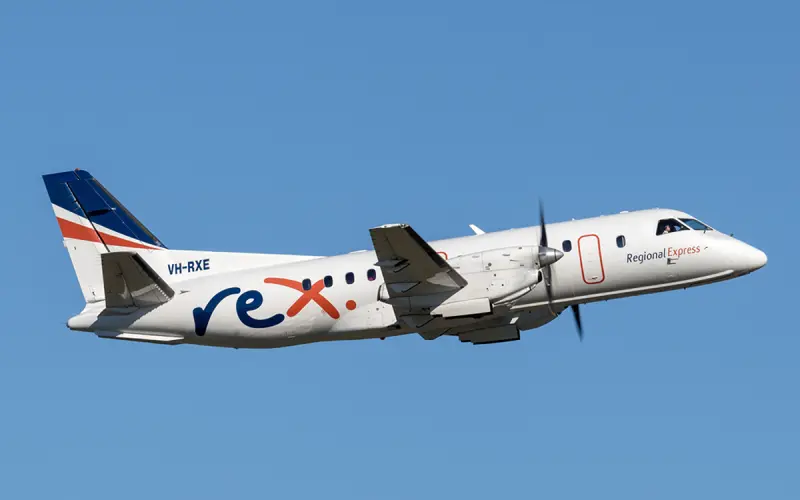We chat with Neville Pattinson, the SVP of government programs at Gemalto, a digital security leader. Over the last decade,Pattinson has worked on everything from projects that make documents and identities more secure, from designing and providing technology for U.S. digital passports to working on automated border control to the recent Fly to Gate solution that will help make airport experiences more efficient and less often dreaded. We chat with him about the benefits of biometric technology.
Q: What are the benefits of biometric technology to travelers?
A: Biometric recognition technologies – including facial recognition, fingerprint and iris scanning – quite simply allow travelers to spend less time waiting in lines and fumbling for various travel documents. When travelers’ faces can serve as the key to verify their ID documents, pass through security checks or even board a flight, it’s less stressful and they can spend more time shopping, eating or working in between airport drop-off and taking their seat on the plane. Overall, biometrics represent an unobtrusive way for travelers to stay moving while not having to take out a boarding pass or ID document so often.
Q: And to airlines and airports?
A: From a security perspective, airlines and airports have placed too much of an expectation and burden on human employees by assuming that they will be able to judge, recognize and verify the authenticity of a complex ID document like a driver license or passport. Introducing biometrics to check-in, bag drop and boarding processes gives all parties a much higher level of assurance that ID documents are genuine and that they actually belong to the person holding them. Additionally, it’s in their best interests to keep travelers from having to wait in frustrating lines; airlines stand to gain increased customer loyalty and airports can encourage more in-concourse purchases.
Q: What challenges are ahead?
A: Because there are so many different types and stages of security checks from the curb to the gate, and so many different entities managing them, a bit of a chicken and egg situation exists. We know that the Department of Homeland Security has announced its intent to implement biometric technologies, but the question is how soon. Airlines and airports can (and should) lead the charge, but there will continue to be hang-ups in the traveler’s experience until TSA follows suit and makes the process fully integrated and seamless.
Q: What travel trends do you predict for 2017?
A: As airlines struggle with customer satisfaction and flight prices become more homogenized, those companies are going to have to figure out a way to stand out from the crowd. One of those ways is to become an early adopter of emergent technologies and personalize the travel experience, which in turn attracts the type of young, modern, mobile-savvy customers that airlines want to win over for the long term. Incorporating biometrics is just a singular example of the technology upgrades we’ll begin to see more and more often this year. Others will happen in the gate area (notice how something as simple as providing charging outlets goes a long way), in flight and throughout other phases of the future traveler’s experience.



 share
share








































